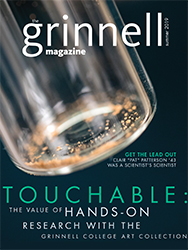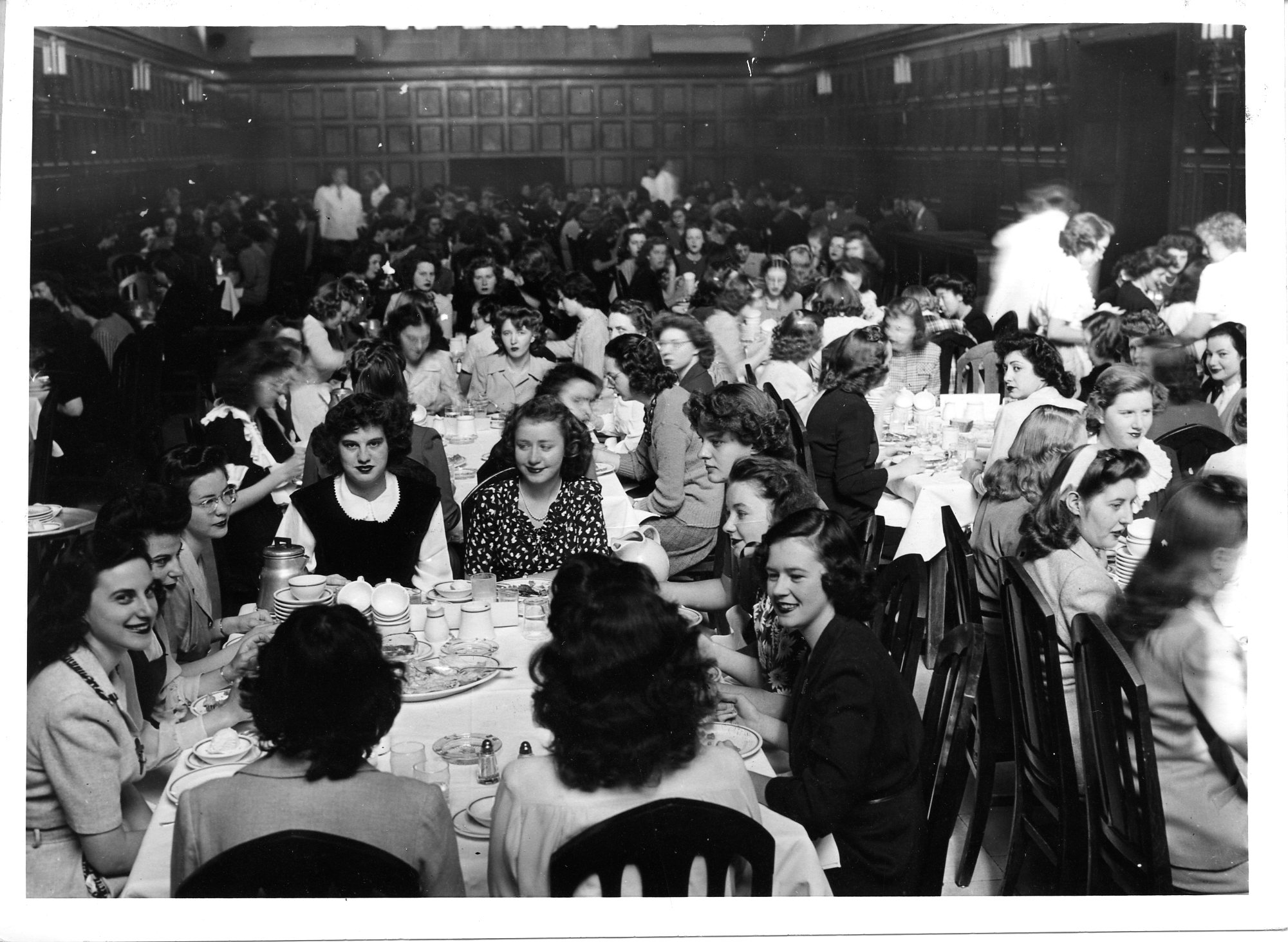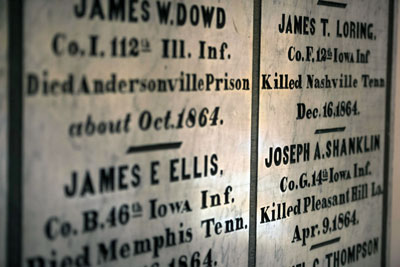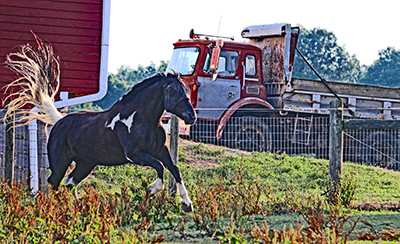Thanks for the great article and the fun graphic story on Clair Patterson ’43 in the Summer 2019 issue [Page 20]. Clair presented a seminar in 1970, while all four of his children were Grinnell students (think about that tuition bill!). He presented his Pb story, which was hot news during those nascent environmental times. I remember his chart showing the historic Pb in the environment. A long, slow increase hugging the X-axis since the Bronze Age, an inflection of maybe 10x increase in slope with the industrial revolution and another inflection in 1929 with the addition of tetraethyl lead to gasoline. The slope went through the roof. (The current historic plots are more nuanced, noting for instance the pollution from the Roman era. If anyone has a copy of Patterson’s 1970 plot, please share!) Professor Patterson’s speech was a significant event in my increasing awareness of and commitment to environmentalism and a career dominated by environmental chemistry.
The Pb story remains unfinished as we continue to clean up sites, remediate Pb paint, struggle with poisoned water systems, and work toward getting it back to background levels. Of the many good-news stories resulting from Clair’s science and lobbying: “[a]n estimated gain of 5-6 points in mean population IQ score was associated with the decline in mean blood level concentrations …” (World Health Organization, “Childhood Lead Poisoning” 2010, Page 36). Wow! And I mean WOW!
Fast-forward to the 2010s, I use Patterson’s story of the trifecta of aging the earth, developing clean rooms, and removing Pb from the environment in various speeches, including class lectures to Grinnell students. Any one of those accomplishments would be notable, but all three? Again, wow! Not only was he an outstanding analytical chemist (I know formally he was a “geochemist,” but I welcome him to our “analytical chemist” fraternity), but a passionate environmentalist and a tenacious advocate for the “get-the-Pb-out” cause. His story needs to be told more widely; the Regenold and Cannon article was a great contribution!
Grinnell needs a Patterson Environmental Science Building!

 I love Grinnell but I am absolutely awful about spending time reading The Grinnell Magazine. Although I may or may not actually read the magazine, I still want to receive it just to flip through it for familiar faces. I was doing my casual flip through the magazine when I came across the brilliant, hand-drawn graphics and speech bubbles that just screamed, “Look at me, I’m different and fun!” [“Get the Lead Out,” Page 20].
I love Grinnell but I am absolutely awful about spending time reading The Grinnell Magazine. Although I may or may not actually read the magazine, I still want to receive it just to flip through it for familiar faces. I was doing my casual flip through the magazine when I came across the brilliant, hand-drawn graphics and speech bubbles that just screamed, “Look at me, I’m different and fun!” [“Get the Lead Out,” Page 20]. I immediately recognized the inset photo on Page 16 of “Then and Now” in the Winter 2018 issue, historic and contemporary images of the Quad dining hall. My mother, Phyllis Miller Lawrence ’48, has it displayed on her dresser. She’s the one looking right at the photographer, as if the picture is of her alone and everyone else is just background.
I immediately recognized the inset photo on Page 16 of “Then and Now” in the Winter 2018 issue, historic and contemporary images of the Quad dining hall. My mother, Phyllis Miller Lawrence ’48, has it displayed on her dresser. She’s the one looking right at the photographer, as if the picture is of her alone and everyone else is just background. Regarding the item in the summer edition of The Grinnell Magazine about a memorial honoring our deceased veterans of all wars since the Civil War [Page 5], this is clearly an entirely worthy and important project.
Regarding the item in the summer edition of The Grinnell Magazine about a memorial honoring our deceased veterans of all wars since the Civil War [Page 5], this is clearly an entirely worthy and important project. Thank you for including my notice about my first photography exhibit. I’m a 67-year-old woman, just concluding a career as a religious studies/English professor. So as I turn from my 40 years of teaching and scholarship, I’m excited to be learning a new skill and a new medium for expression — photography. I’m the owner of Free Spirit Photography LLC, and my first exhibit,
Thank you for including my notice about my first photography exhibit. I’m a 67-year-old woman, just concluding a career as a religious studies/English professor. So as I turn from my 40 years of teaching and scholarship, I’m excited to be learning a new skill and a new medium for expression — photography. I’m the owner of Free Spirit Photography LLC, and my first exhibit,